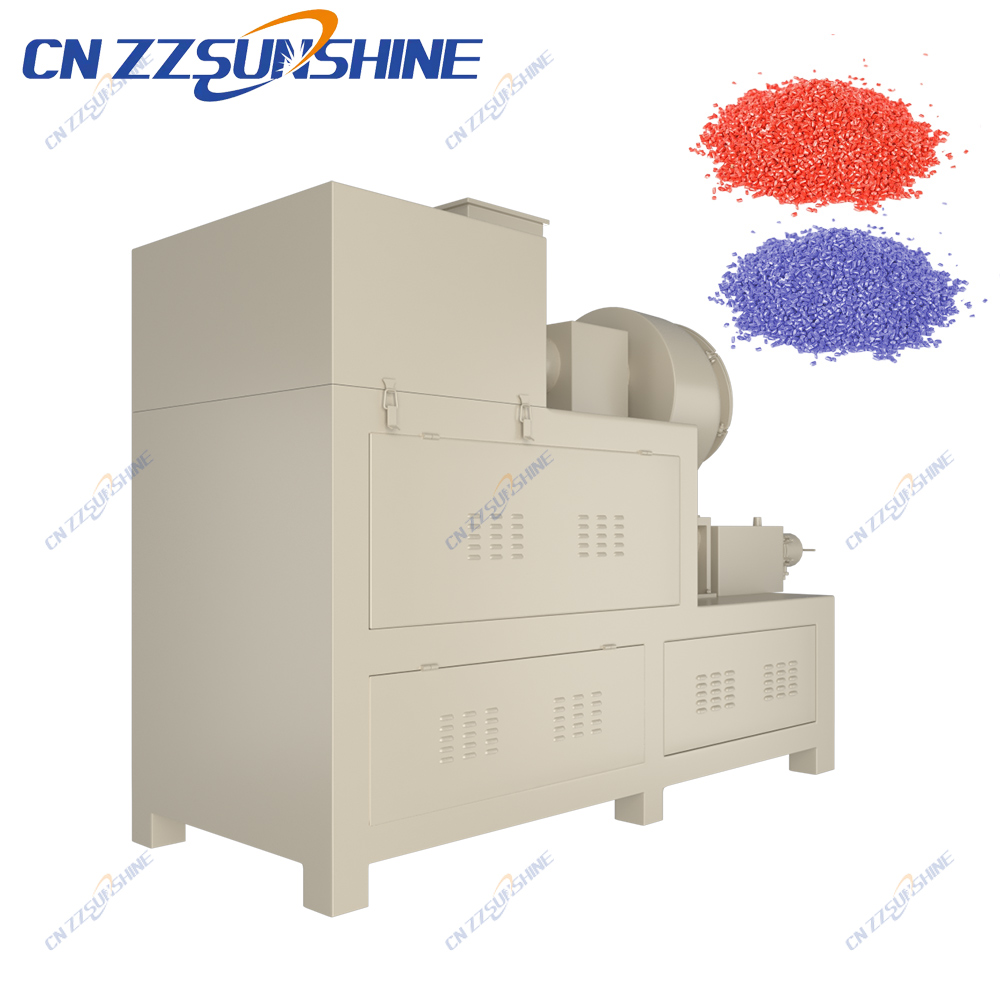Creating high-quality bar soap efficiently demands precision equipment integrated into a seamless workflow. An automatic soap production line revolutionizes this process, replacing labor-intensive manual steps with consistent, high-output machinery. This integrated system is essential for both laundry bar soap production lines and toilet soap finishing lines, catering to diverse market needs.
The process begins with robust mixing. An industrial mixer for chemical processing ensures soap noodles or base materials are blended homogeneously, incorporating fragrances, colors, and additives uniformly. This critical step directly impacts the final bar’s texture, lather, and stability. Following mixing, the compounded mass moves to the refining stage. Here, a vacuum plodder becomes indispensable. This specialized soap plodder machine removes trapped air under vacuum, significantly enhancing the soap bar’s density, smoothness, and durability. The vacuum plodder extrudes a continuous, compacted log ready for forming.
The next phase involves shaping and cutting. A custom soap cutting machine, often an electric washing soap cutter, slices the extruded log into precise, uniform blanks. This stage ensures consistent bar weight and size, critical for packaging and consumer satisfaction. For bath soap making machines or beauty soap making lines, additional finishing equipment like stampers or embossers might follow the cutter to add branding or decorative elements.
Integrating an automatic soap production line offers compelling advantages. It dramatically increases throughput while minimizing labor costs and human error. Automation ensures consistent product quality batch after batch, meeting stringent standards for both laundry soap making lines and premium toilet soap finishing lines. Furthermore, modern lines are designed for versatility, allowing manufacturers to switch between different soap recipes and bar sizes with minimal downtime. Key considerations when selecting a line include required capacity (small batch vs. continuous operation), the types of soap produced (laundry, bath, beauty), desired level of automation, and compatibility with existing factory infrastructure. Partnering with experienced manufacturers ensures optimal line configuration, maximizing efficiency and return on investment for your specific soap production goals.




